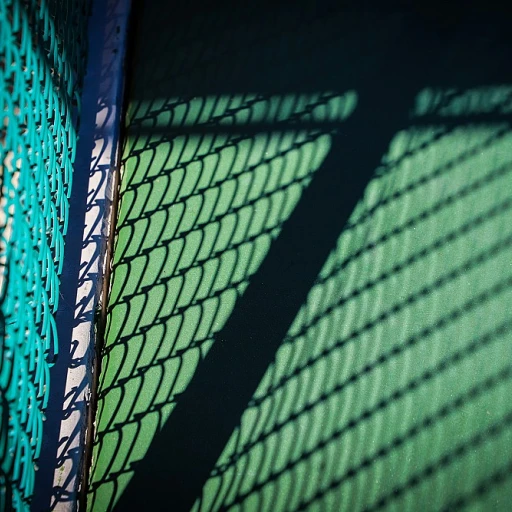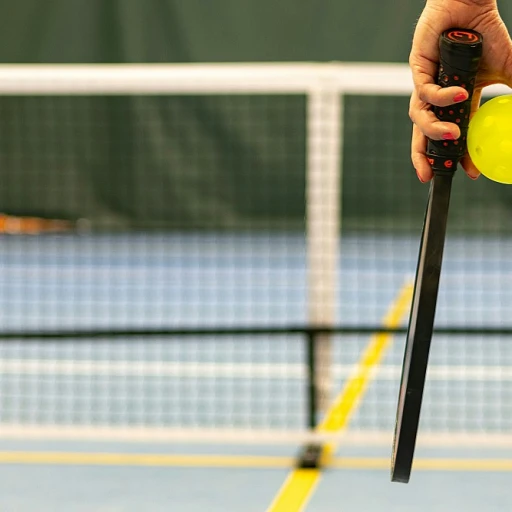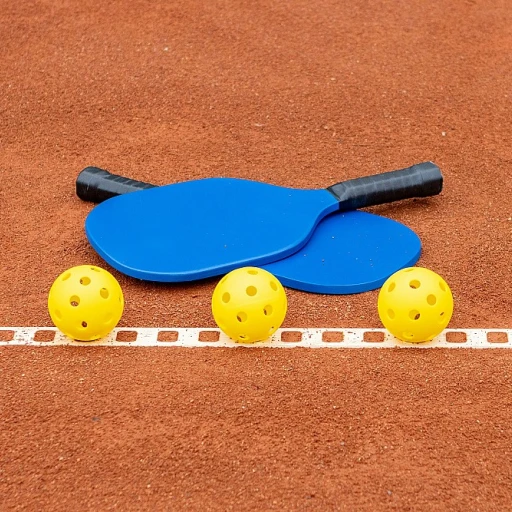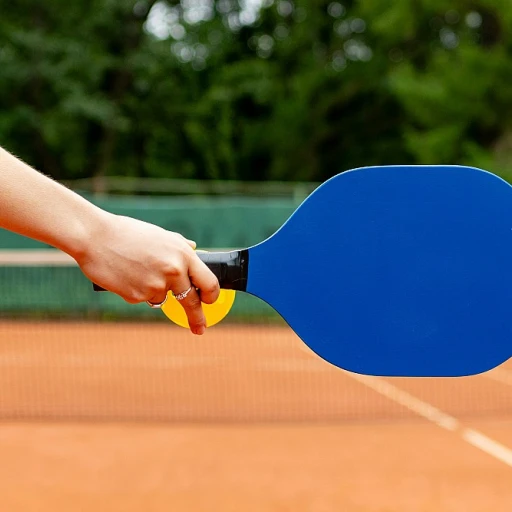
The Birth of a New Sport: Unpacking Pickleball's Humble Beginnings
A Backyard Creation Transforming Into a National Sensation
In the summer of 1965 on Bainbridge Island, Washington, the sports landscape quietly welcomed a new member into its fold - pickleball. This hybrid game, a blend of tennis, badminton, and table tennis, was the brainchild of three fathers - Joel Pritchard, Bill Bell, and Barney McCallum. They set out to create a game that their families could enjoy together, and their ingenuity resulted in one of today's fastest-growing sports. Pickleball's name, despite popular myths about a dog named Pickles, actually stemmed from the term 'pickle boat', reflecting the game's hodgepodge nature akin to the last boat to return with its catch in crew races.
The Recipe for Pickleball's Popularity: Simplicity and Accessibility
The primary allure of pickleball comes from its elegant simplicity and accessibility. Requiring nothing more than a paddle, a plastic ball with holes, and a modified badminton-sized court, pickleball allows participants of all ages and skills to enjoy the game after just a few minutes of learning the rules. This ease of play, combined with the low-impact nature of the sport, has contributed heavily to its adoption. High-energy yet less physically demanding than tennis, pickleball has become especially popular among senior communities, emphasizing its range of appeal.
Spreading the Pickleball Gospel: Paddles, People, and Passion
What started as a family game soon captured the hearts of neighbors and friends. Driven largely by word-of-mouth, pickleball began to traverse beyond the confines of its birthplace. Sports enthusiasts and educators recognized its potential, leading to a more structured approach to rule-making and court construction. By the 1970s, the first pickleball corporation was established, setting the stage for national dissemination. As the game's popularity soared, clubs and local communities across the United States started organizing tournaments, further cementing pickleball's status as a competitive sport. With each serve and volley, its following grew, showcasing that from humble beginnings sprout mighty passions.
Pickleball Through the Decades: Key Milestones and Influential Changes
The Evolutionary Journey of Pickleball
As pickleball aficionados delve into the rich tapestry of their beloved sport, it's crucial to track its trajectory through various landmarks. After its birth in 1965 on Bainbridge Island, pickleball experienced a rapid transformation, becoming not just a backyard family game but a sport with international reach and professional gravitas.
Emergence of Organized Play
The 1970s marked the inception of a more organized play structure. The first official pickleball rulebook was published, providing formality to the game and aiding in its spread beyond the Pacific Northwest. During this significant decade, the first known pickleball tournament took place, setting the stage for competitive play that's now at the heart of the sport's spirit.
Technology and Pickleball: A Synergistic Growth
As the 1980s rolled in, pickleball began to benefit from advancements in technology. Graphite paddles were introduced, revolutionizing the game's dynamics with lighter and stronger materials, allowing players to strike with greater precision and control. This period also saw the construction of dedicated pickleball courts, solidifying its status as a sport in its own right. According to the USA Pickleball Association, by the mid-'80s, pickleball was being played in all 50 states.
The Booming Pickleball Phenomenon
The turn of the millennium signaled a boom for pickleball, with exponential growth in both players and national recognition. The formation of the USA Pickleball Association (USAPA) in 2005 heralded a new era, complete with official ambassadors and nationally sanctioned tournaments. Statistics from the USAPA illustrate a remarkable uptick in registered locations for pickleball, evidencing the sport’s ascent.
Fanatical Expansion and Media Coverage
In recent years, the spike in popularity has been undeniable, with major networks broadcasting pickleball tournaments and celebrities endorsing the sport. Media coverage has bolstered its profile, attracting a diverse cohort of players and spectators. Today, the sport continues to evolve, with innovation in equipment and strategy always at the forefront, capturing the interest of both seasoned players and those new to the game.
Across these decades, the sport of pickleball has shown an impressive ability to adapt and grow, consistently engaging players across generations. From its simple beginnings to its current status as one of the fastest-growing sports in the United States, pickleball’s journey illustrates the powerful mix of community, competition, and innovation.
Indeed, the sport has come a long way, and as we uncover its surprising evolution, we gain not just insight into pickleball itself, but also a glimpse into the communal nature of sports and how they seep into the fabric of society. With a past steeped in such rich history and a vibrant future ahead, pickleball does more than just entertain; it connects us.

-large-full.webp)


